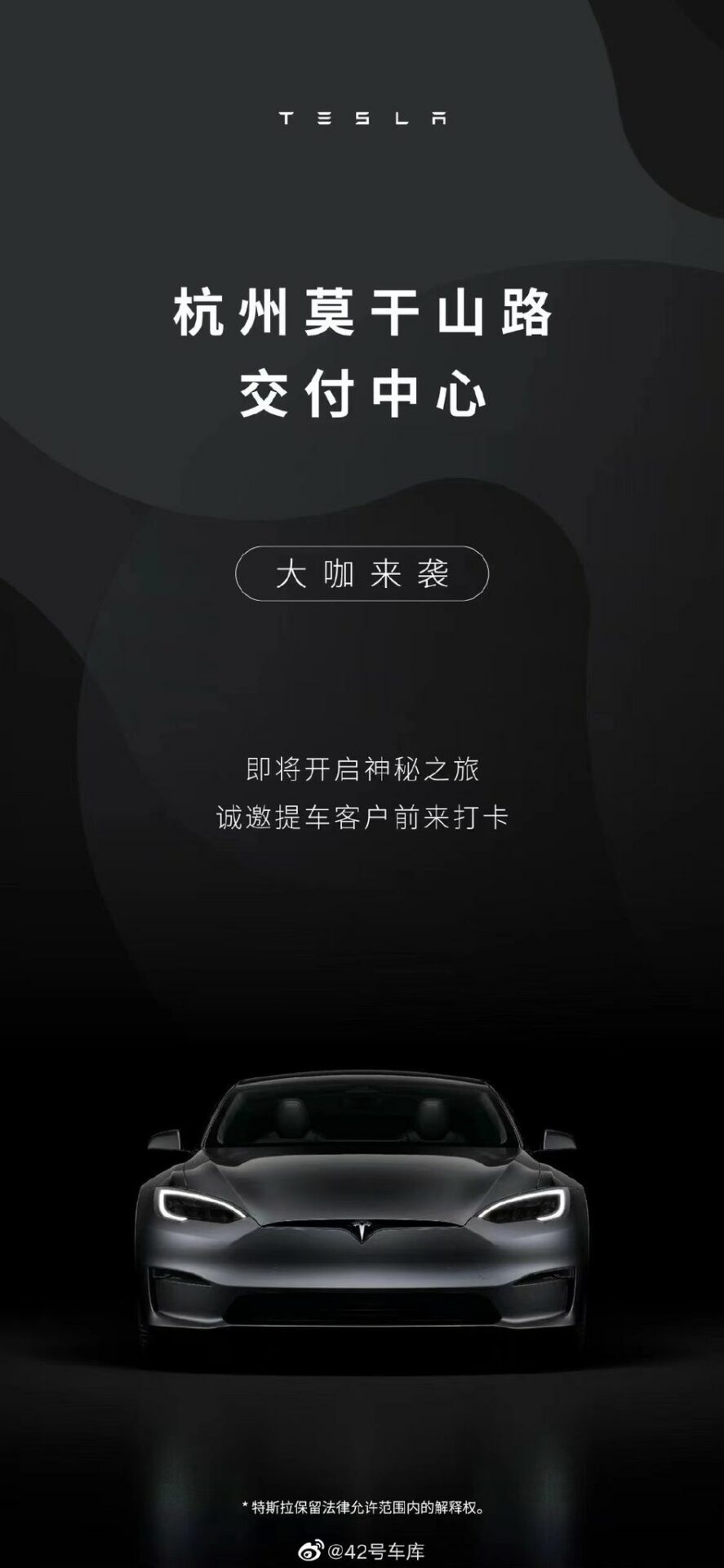They are at as high of PE as they have been since the dot com bubble. On forward PE, the large caps even far surpass the normal since 2001. But the mid and small caps are actually having a rather low valuations compared to the same time. Mid caps pre bubble were 17-20 (fell to ~13). Today they are hitting around 16. Small caps were in the 16-20 range with the period right before the pop, being heavily concentrated around 19. Today we are around 14-15. The market is heavily working the large cap side of the equation while the mid and small cap are within historical norms... even on the lower side of valuations if anything.
If you look at PEG ratios (which
@StarFoxisDown! is kinda explaining in his post), we've actually moved to some of our lower numbers over the past 25-30 years. We are under 1 right now and really we are at some of the lowest points we have been. We are actually near the low of the Covid crash and Dec 2018. Only significantly lower PEG of the SP500 over the last 25 years was the 08 financial crash. Traditionally where we are right now on PEG is a bottom.
The Apples, Microsofts, Teslas, Metas of the world are driving the valuations to a higher degree than we have seen in the past. That may not be a good thing, but it is a different driver than the dot com bubble on the overall PE ratios. We are in an era of establish big tech. IMO the crash that results from that will have a different driver than the dot com bubble.
... i am now buying beyond my target shares .. as these deals wont last long







